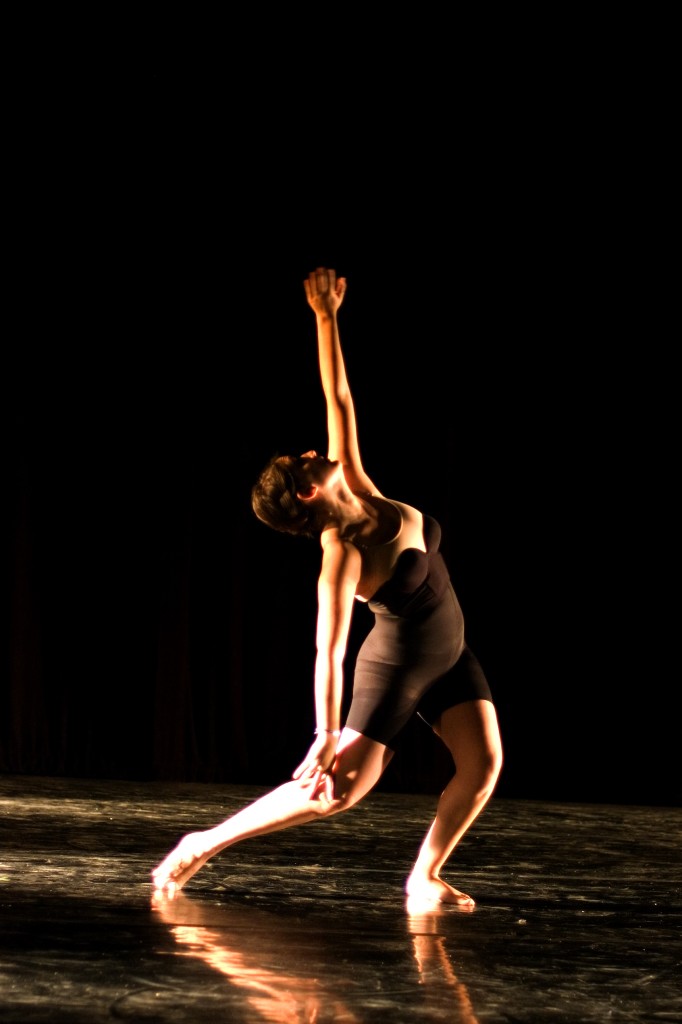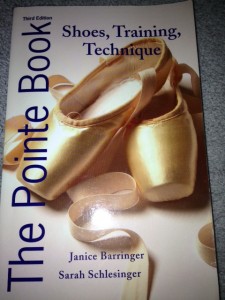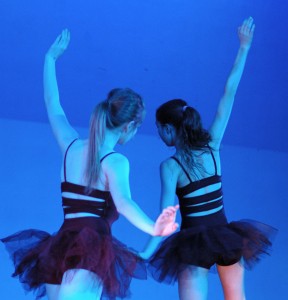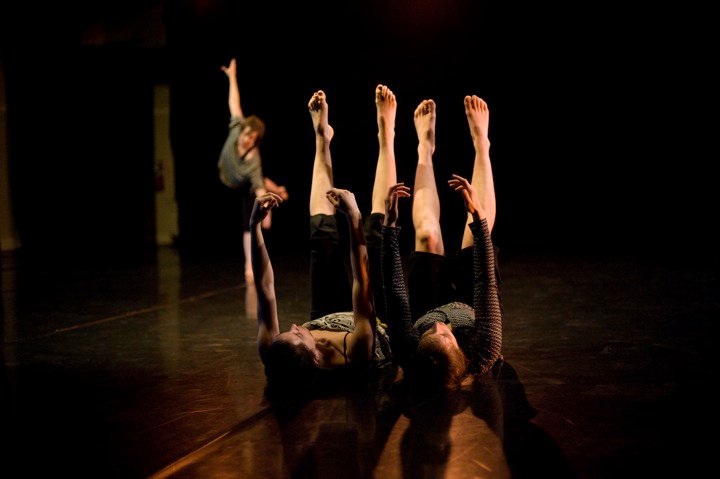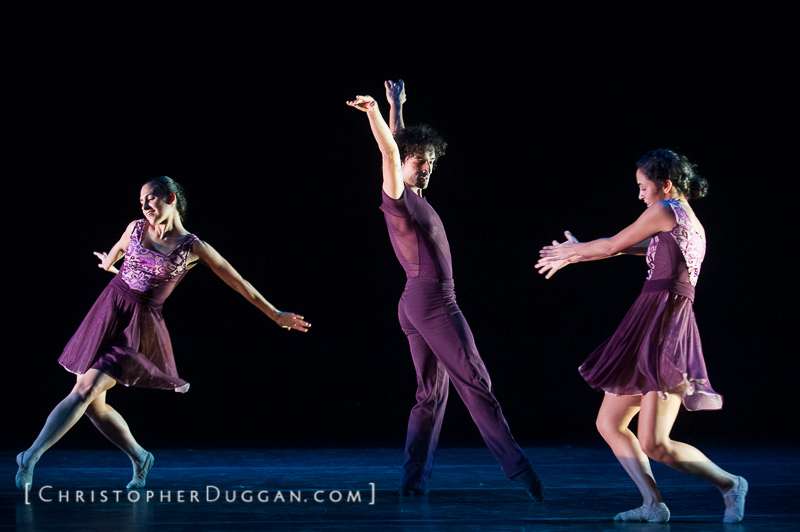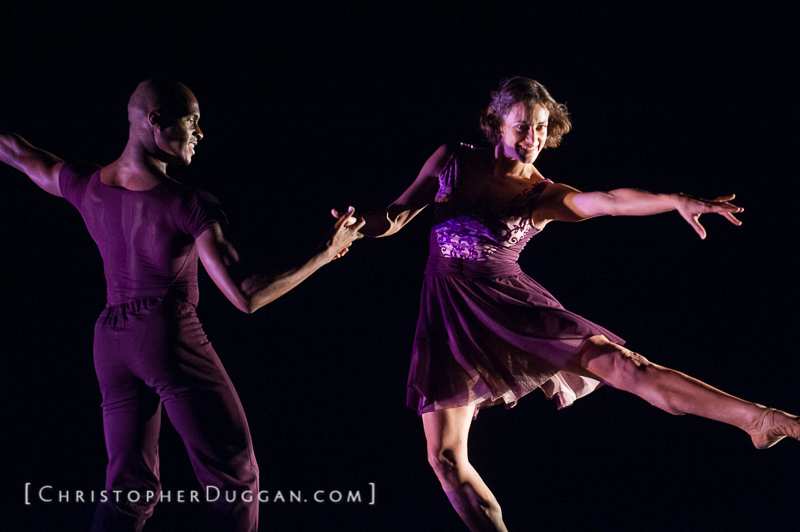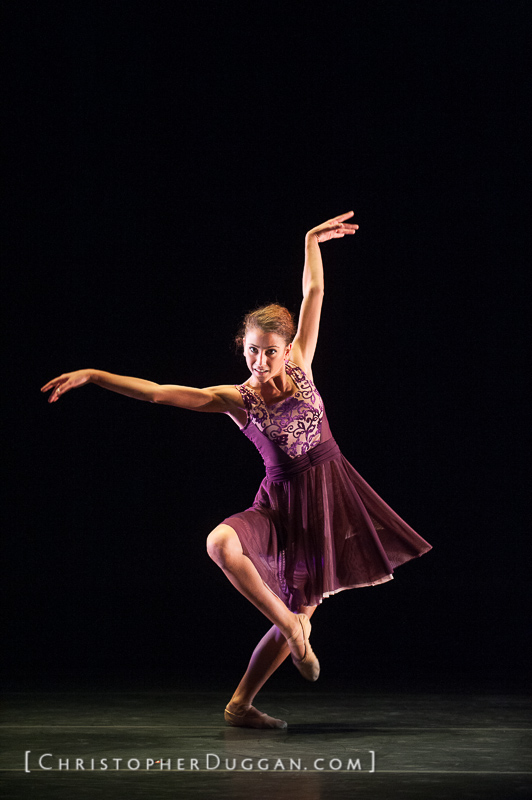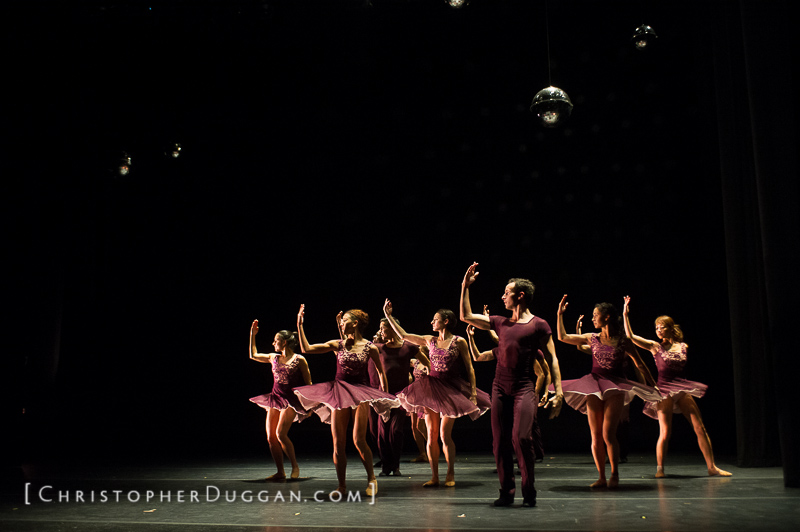Summer intensives can be hard on the body. Intense training coupled with being away from home in an unfamiliar environment is stressful mentally–and physically. Today we have Jan Dunn, MS, our Dance Wellness Editor with some tips for preparing the body for such a demanding experience…. Catherine
by Jan Dunn, MS
Happy New Year ! It’s January, and it may be cold and chilly where you are, with visions of sugarplums still lingering in your head–but it’s not too early to start thinking about preparing yourself for a summer dance intensive you may be thinking of attending.To get in top shape for a safe summer of dancing, here are some things to think about…
Unfortunately, it’s easy for a dancer to get injured when going to a summer intensive, for a number of reasons–the good news is that injuries in this situation are, for the most part, preventable.Some of the reasons you can unintentionally hurt yourself are:
- Going from a school-year schedule of taking maybe 4-5 classes a week, to suddenly doing 4-5 a day while at a summer intensive….i.e., you’re doing too much too soon.
- Taking classes in a style that you haven’t previously trained in-for example, you take primarily ballet all year, and then suddenly you’re doing jazz and African on a daily basis. You’re now using muscles you haven’t necessarily used in ballet, and it might be easier to get injured, especially if you have muscle imbalances in your legs / torso.
- You may be going to a climate you are unaccustomed to, such as hot and humid, whereas your normal dance environment is in a cooler, dryer clime. The body takes a while to adapt to that new environment, and trying to keep up the heavy schedule of an intensive during that initial adjustment period may lead to an injury.
Knowing the possible risk factors in advance may well help you avoid a summer injury.No one wants to go to an exciting summer intensive and then be laid up with an injury right off the bat! Here are some suggestions that might help:





